Grow Corn in the Organic Garden: Planting, harvesting and more
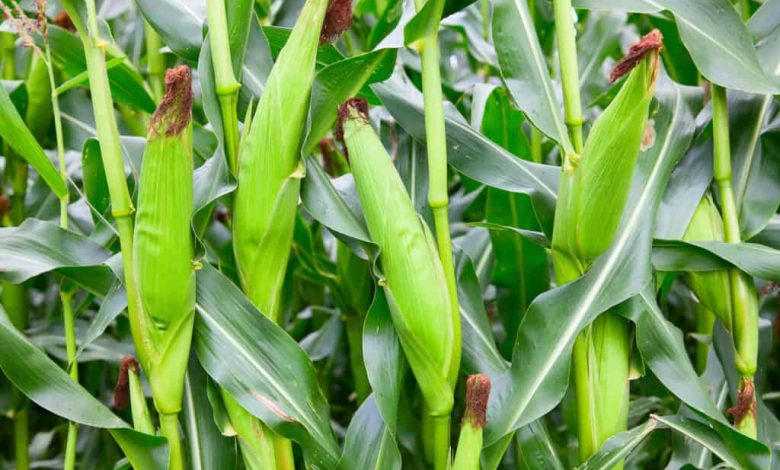
Hello to all agrohuerters! In today’s article we will learn how to grow corn in our gardens (land preparation, planting, care, harvest,…). As we will see later, this crop has some peculiarities that we must take into account to obtain good cobs. If you have enough space and win you will see how it will not be difficult for you.
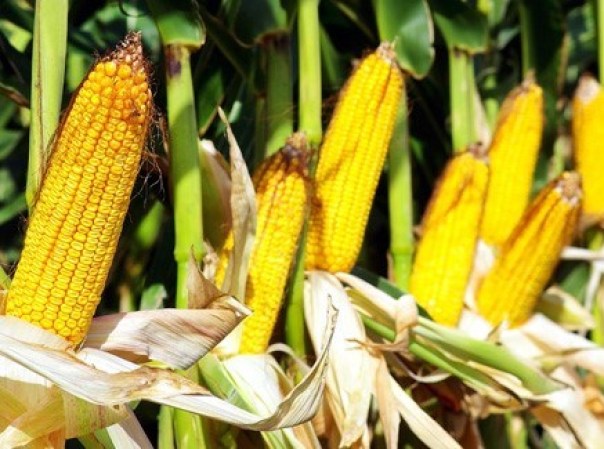
CHARACTERISTICS OF CORN
Corn is a type of annual grass, known in the scientific world by the name of Zea mays. It originated more than 10,000 years ago in Mexico and was not introduced to Europe until the 17th century. Currently, it is the most widely produced cereal in the world, surpassing wheat and rice!
The main parts that make up the corn plant are:
- Root. Corn has two types of roots. The primary roots (which are fibrous) and the adventitious roots. It is a plant susceptible to drought and requires well-fertilized soils.
- stem. The nutritive substances that the crop needs circulate through the stem and it presents a spongy white tissue where the sugars are stored.
- Leaves. They have an elongated shape.
- Flowers. It is a monoecious plant with unisexual flowers, that is, we can find male and female flowers on the same plant as shown in the following image.
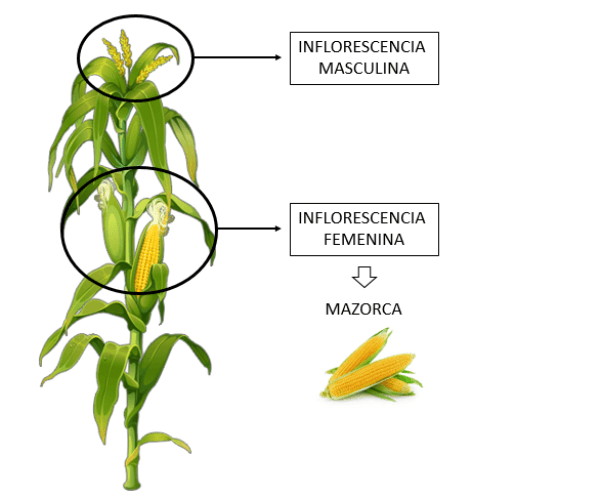
The male inflorescence is called “panicle, spike or panicle” and they are responsible for producing pollen to pollinate the female flowers. The female inflorescences will give rise to the cob and are located in the axillary buds of the leaves.
- Fruit. Although we apparently think that the fruit is the whole cob, we are wrong. The fruit of corn is each of the grains of the cob (called caryopid)
GROW CORN STEP BY STEP
Next I am going to explain how to grow corn from the beginning, preparing the ground well, until the end of the harvest.
GROUND PREPARATION
- Preparation begins a few days before sowing.
- You need soils that are aerated, loose and paid. It is very demanding in nutrients!
- It is advisable to make a bottom fertilizer (compost or manure) and add humus on the surface.
- The best situation will be in a sunny place in the garden, the more direct light the plant receives, the better.
SOWING
To cultivate corn, direct sowing is carried out, that is, seedbeds are not made.
Planting time:
- In the Southern Hemisphere: September-January
- In the Northern Hemisphere: April-May (in spring, when there is no danger of frost)
The grains of the cob are sown and usually put about 3 seeds in each hole (Later, we will choose the strongest). The seed will begin to germinate from 15 degrees, when between 8 and 12 days have passed. They will be placed in furrows, burying the seed between 2 or 3 times its size.
The furrow should not be too deep to facilitate germination and the ideal distance between furrows is 80 cm to 1m. On the contrary, if we put them too close together we will make pollination difficult. It is important to put a single variety of corn (otherwise there is danger of hybridization). Once planted, the holes are covered. And do not forget to apply an irrigation after sowing!
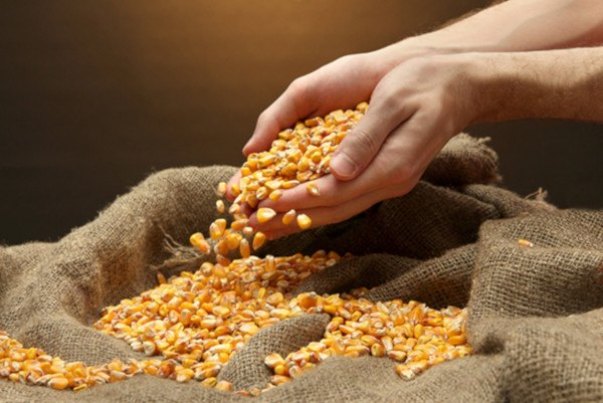
CROP ASSOCIATION WITH CORN
An example of an association known as «The Three Sisters» consists of planting corn, squash and beans as shown in the following image. In this combination each crop has its function. Pumpkins will act as mulch for the soil (preventing weeds from growing), because they develop in a creeping way.
Beans are a species of legumes that have the ability to fix a large amount of nitrogen. Corn needs a lot of nitrogen to develop, so this combination will favor it. Once we harvest, the remaining organic matter can be incorporated into the soil.
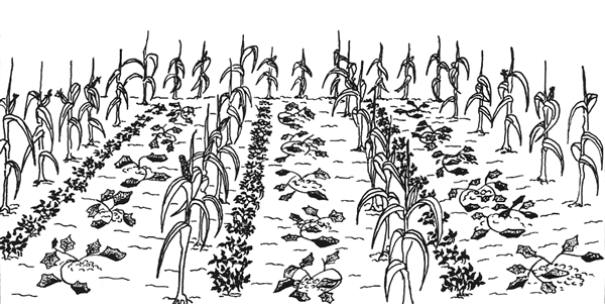
CORN IRRIGATION
Their needs vary depending on the state in which the crop is located. Very regular irrigations will be applied (every 3 or 4 days). The ground has to be moist but not flooded. If there is poor drainage, fungal diseases can develop.
CORN HARVEST
If we have managed to follow all the steps to grow corn, we will achieve a good harvest. However, the time to harvest depends on each country and the variety that we are growing.
Depending on the geographical location:
- In the southern hemisphere: March-August
- On the contrary, in the Northern Hemisphere: September-October
PLAGUES AND DISEASES
The different pests and diseases that affect corn cultivation have been explained in more detail in the next article.
This is all for today, I hope you liked it and if you dare or grow corn in the garden, leave us comments about your experiences.
Have a nice day!

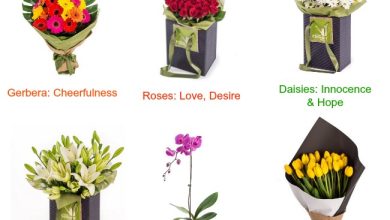
![Photo of How to Plant Hibiscus in your Garden: [Complete Guide]](https://www.complete-gardening.com/wp-content/uploads/2022/08/how-to-plant-hibiscus-in-your-garden-complete-guide-390x220.jpg)
![Photo of Myrtle: [Properties, Growth, Fruit, Types and Care]](https://www.complete-gardening.com/wp-content/uploads/2022/08/myrtle-properties-growth-fruit-types-and-care-390x220.png)
![Photo of Runner Thistle: [Cultivation, Irrigation, Care, Pests and Diseases]](https://www.complete-gardening.com/wp-content/uploads/2022/08/runner-thistle-cultivation-irrigation-care-pests-and-diseases-390x220.jpg)